National Artists
5.0(1)
Card Sorting
1/42
There's no tags or description
Looks like no tags are added yet.
Study Analytics
Name | Mastery | Learn | Test | Matching | Spaced |
|---|
No study sessions yet.
43 Terms
1
New cards
Fernando Amorsolo (1972)
* First National Artist
* “The Grand Old Man of Philippine Arts”
* Developed Philippine Art through his rural landscapes and portraits.
* “El Ciego,” “Planting Rice,” “Defense of a Filipina Woman’s Honor”
* “The Grand Old Man of Philippine Arts”
* Developed Philippine Art through his rural landscapes and portraits.
* “El Ciego,” “Planting Rice,” “Defense of a Filipina Woman’s Honor”
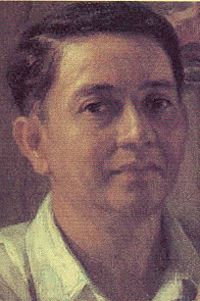
2
New cards
Carlos “Botong” Francisco (1973)
* Revived the dying art of mural painting
* “Progress of Medicine in the Philippines,” “Filipino Struggles Through History,” “The Martyrdom of Rizal,” “Blood Compact”
* “Progress of Medicine in the Philippines,” “Filipino Struggles Through History,” “The Martyrdom of Rizal,” “Blood Compact”
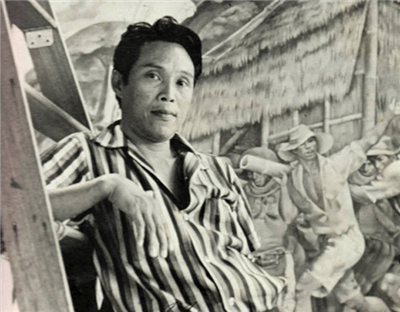
3
New cards
Guillermo Tolentino (1973)
* “Father of Philippine Arts”
* Classical style sculptures and busts of famous people
* UP Oblation, Bonifacio Monument in Caloocan, the seal of the Republic of the Philippines
* Classical style sculptures and busts of famous people
* UP Oblation, Bonifacio Monument in Caloocan, the seal of the Republic of the Philippines
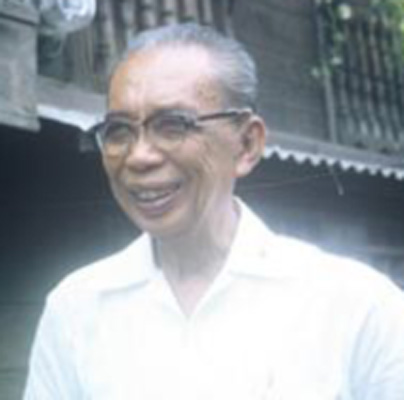
4
New cards
Napoleon Abueva (1976)
* “Father of Modern Philippine Sculpture”
* Youngest to be bestowed with the award (age 46)
* Nine Muses of Arts in UP Diliman, The Transfiguration at the Eternal Garden Memorial Park, Sunburst at the Peninsula Manila Hotel.
* Youngest to be bestowed with the award (age 46)
* Nine Muses of Arts in UP Diliman, The Transfiguration at the Eternal Garden Memorial Park, Sunburst at the Peninsula Manila Hotel.
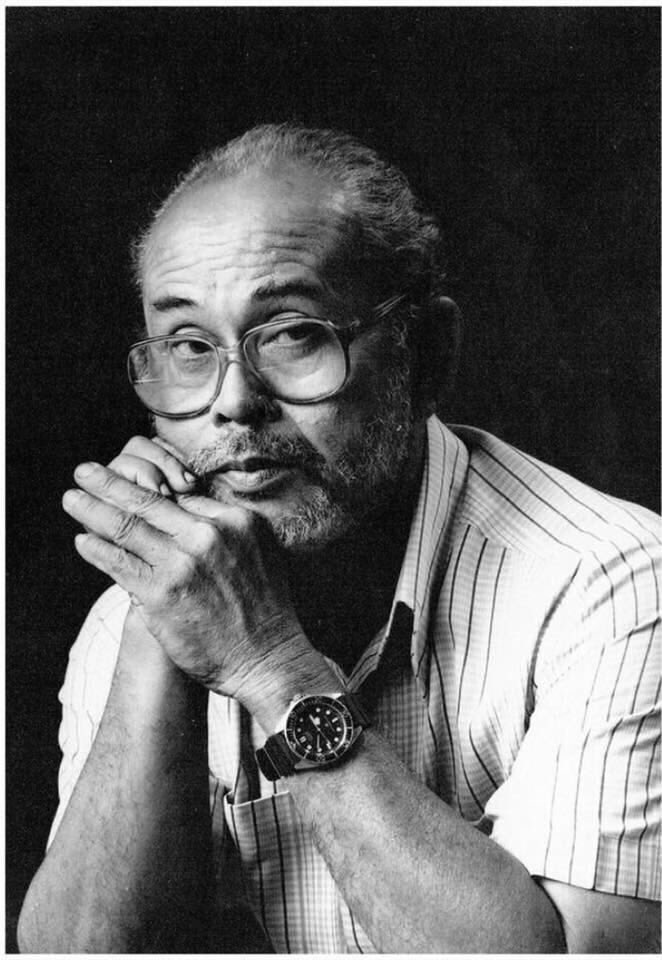
5
New cards
Victorio Edades (1976)
* “Father of Modern Philippine Painting”
* “The Sketch,” “The Artist and Model,” “Japanese Girl”
* “The Sketch,” “The Artist and Model,” “Japanese Girl”
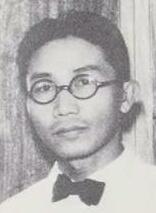
6
New cards
Jose Joya (2003)
* Pioneered the start and progress of abstract expressionism
* Works were inspired by the hues of the Philippine landscape
* “Granadean Arabesque,” “Hills of Nikko,” “Naiad”
* Works were inspired by the hues of the Philippine landscape
* “Granadean Arabesque,” “Hills of Nikko,” “Naiad”
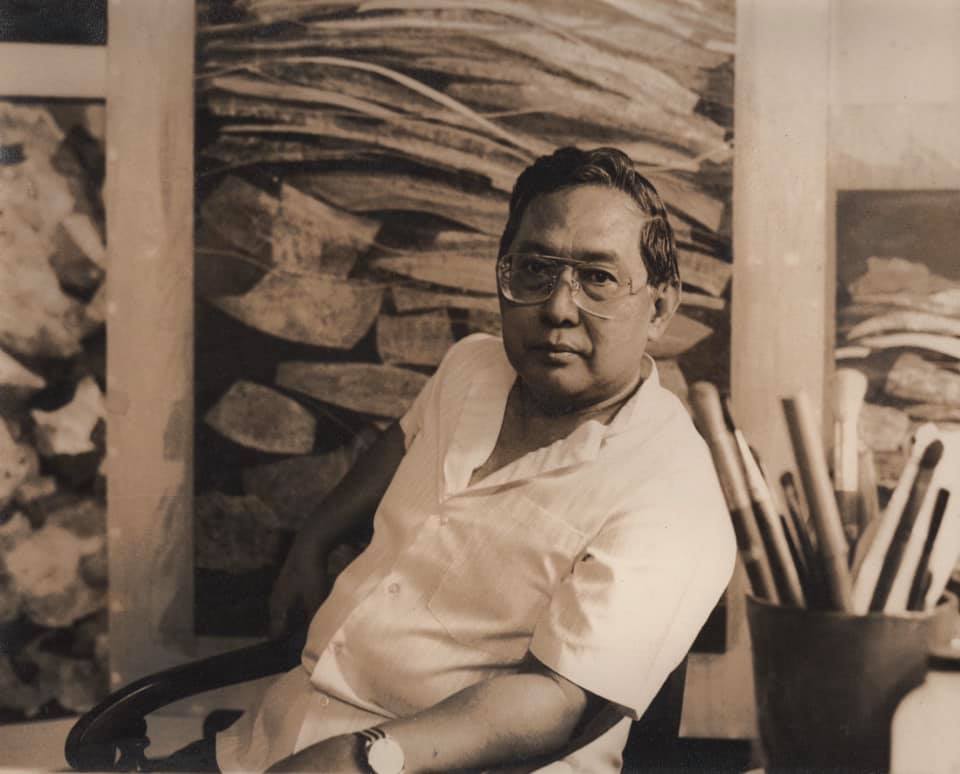
7
New cards
Abdulmari Imao (2006)
* The first Muslim National Artist
* Multiple sculptures and paintings of the sarimanok
* “Sulu Warriors,” “Industry Brass Mural,” “Mural Relief on Filmmaking”
* Multiple sculptures and paintings of the sarimanok
* “Sulu Warriors,” “Industry Brass Mural,” “Mural Relief on Filmmaking”
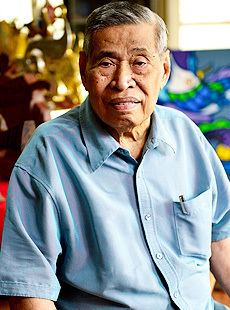
8
New cards
Francisco Coching (2014)
* “King of Komiks”
* “Dean of Filipino Illustrators”
* One of the pillars in Philippine comics especially during the golden age of comics (1950’s-60’s)
* “Pedro Penduko,” “Satur,” “Hagibis”
* “Dean of Filipino Illustrators”
* One of the pillars in Philippine comics especially during the golden age of comics (1950’s-60’s)
* “Pedro Penduko,” “Satur,” “Hagibis”
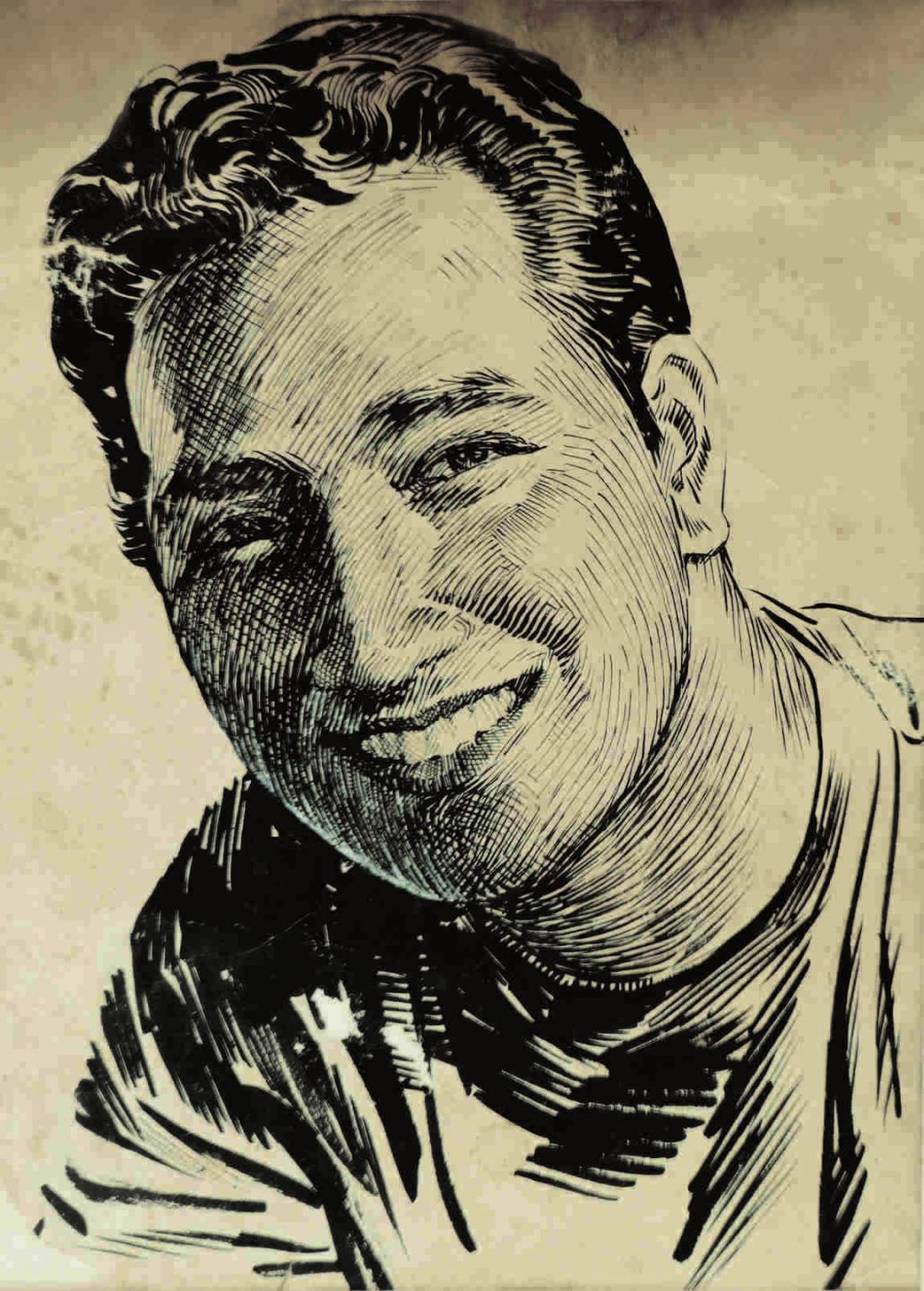
9
New cards
Juan F. Nakpil (1973)
* “Father of Philippine Architecture”
* Works reflecting Philippine traditions and cultures
* University of the Philippines Administration Building (Quezon Hall) and Library (Gonzalez Hall), the reconstruction of the Quiapo Church in 1933 and the Rizal House
* Works reflecting Philippine traditions and cultures
* University of the Philippines Administration Building (Quezon Hall) and Library (Gonzalez Hall), the reconstruction of the Quiapo Church in 1933 and the Rizal House
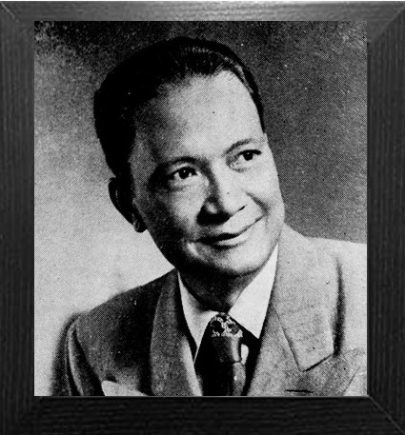
10
New cards
Pablo Antonio (1976)
* “Father of Modern Philippine Architecture”
* Works defined by their simplicity as he believed that structures must be functional first before form
* 5 buildings in Far Eastern University Manila, White Cross Orphanage in San Juan City, Manila Polo Club in Makati City
* Works defined by their simplicity as he believed that structures must be functional first before form
* 5 buildings in Far Eastern University Manila, White Cross Orphanage in San Juan City, Manila Polo Club in Makati City
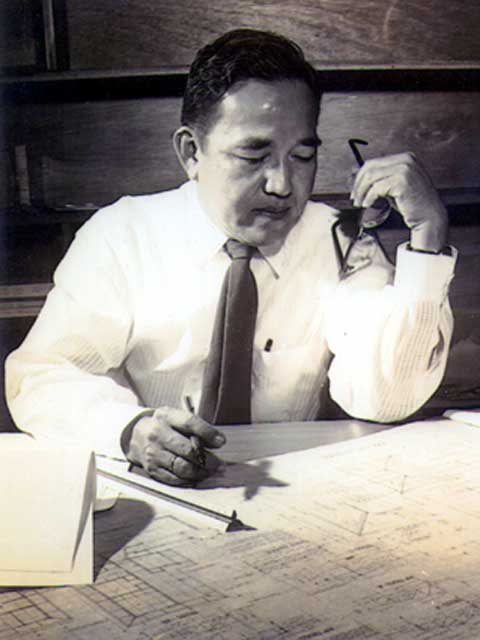
11
New cards
Leandro Locsin (1990)
* Reshaped the urban landscape of the Philippines
* Cultural Center of the Philippines, NAIA Terminal 1
* Cultural Center of the Philippines, NAIA Terminal 1
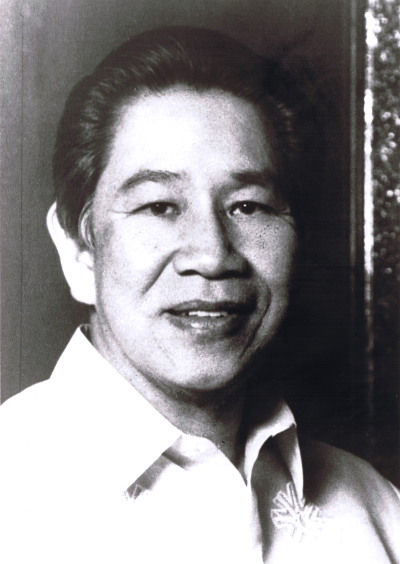
12
New cards
Ildefonso Santos Jr. (2006)
* “Father of Philippine Landscape Architecture”
* Paco Park, Tagaytay Highland Resorts, Bantayog ng mga Bayani, Rizal Park, Loyola Memorial Parks
* Paco Park, Tagaytay Highland Resorts, Bantayog ng mga Bayani, Rizal Park, Loyola Memorial Parks
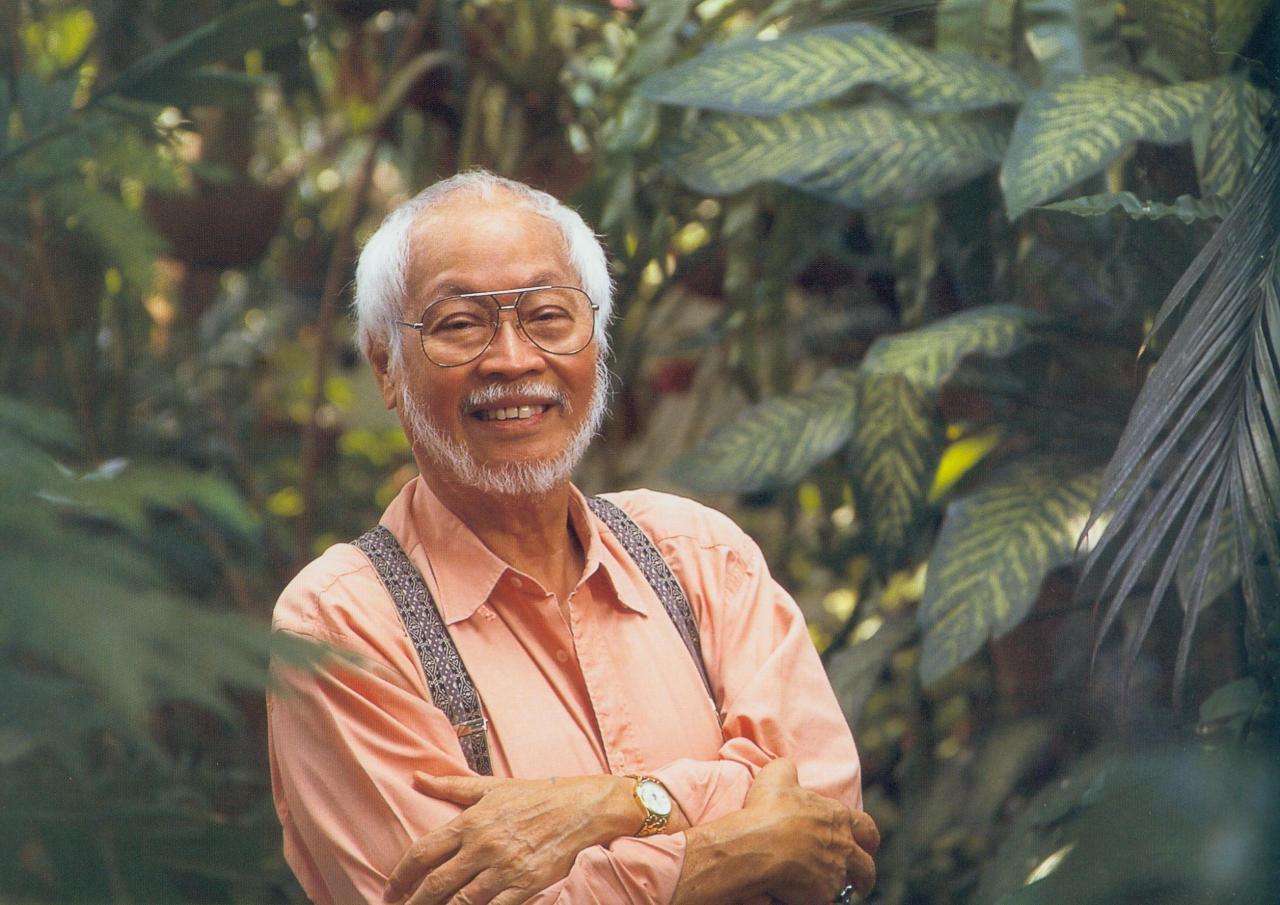
13
New cards
Jose Maria Zaragoza (2014)
* “The Modern Ecclesiastical Architect”
* Designed over 45 churches and religious structures
* Honored by Pope John Paul II with the title “Gentiluomo di Sua Santita” (1992) for his contributions to the Catholic Church
* Meralco Building in Pasig City, Santo Domingo Church and Pink Sisters Convent in Quezon City, Metropolitan Cathedral of Cebu City
* Designed over 45 churches and religious structures
* Honored by Pope John Paul II with the title “Gentiluomo di Sua Santita” (1992) for his contributions to the Catholic Church
* Meralco Building in Pasig City, Santo Domingo Church and Pink Sisters Convent in Quezon City, Metropolitan Cathedral of Cebu City
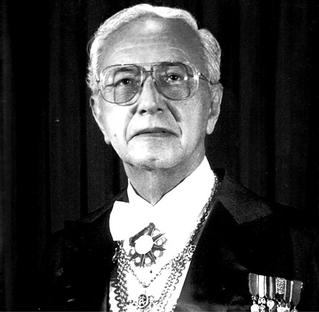
14
New cards
Francisco Mañosa (2018)
* Pioneered the neo-vernacular style of architecture
* Coconut Palace, San Miguel Corporations Headquarters in Mandaluyong (based on the Rice Terraces of the Cordilleras), EDSA Shrine
* Coconut Palace, San Miguel Corporations Headquarters in Mandaluyong (based on the Rice Terraces of the Cordilleras), EDSA Shrine

15
New cards
Ramon Valera (2006)
* “Dean of Philippine Fashion”
* National Artist in Allied Arts
* One-piece terno
* National Artist in Allied Arts
* One-piece terno
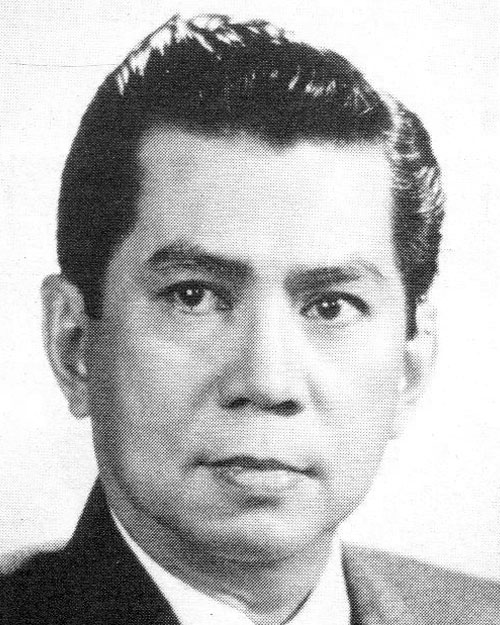
16
New cards
Amado Hernandez (1973)
* Believed that the purpose of a writer is to represent the society’s conscience and spirit in times of oppression
* “Mga Ibong Mandaragit”
* “Mga Ibong Mandaragit”
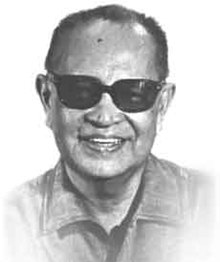
17
New cards
Nick Joaquin (1976)
* One of the most influential Filipino writers in English
* Penname “Quijano de Manila”
* “A Portrait of an Artist as Filipino,” “The Woman Who Had Two Navels,” and “May Day Eve”
* Penname “Quijano de Manila”
* “A Portrait of an Artist as Filipino,” “The Woman Who Had Two Navels,” and “May Day Eve”
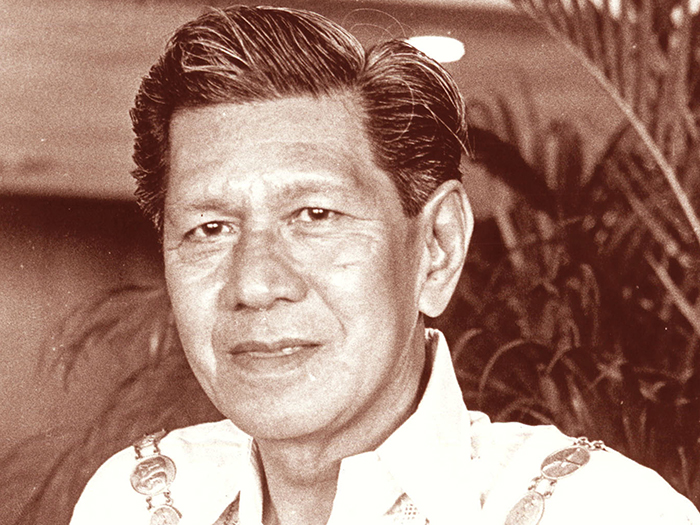
18
New cards
Carlos P. Romulo (1982)
* President of the University of the Philippines and the first Asian President of the United Nations General Assembly
* Pulitzer Prize in Journalism in for his articles predicting the Second World War
* “I Walked with Heroes,” “The United,” “I Saw the Fall of the Philippines”
* Pulitzer Prize in Journalism in for his articles predicting the Second World War
* “I Walked with Heroes,” “The United,” “I Saw the Fall of the Philippines”
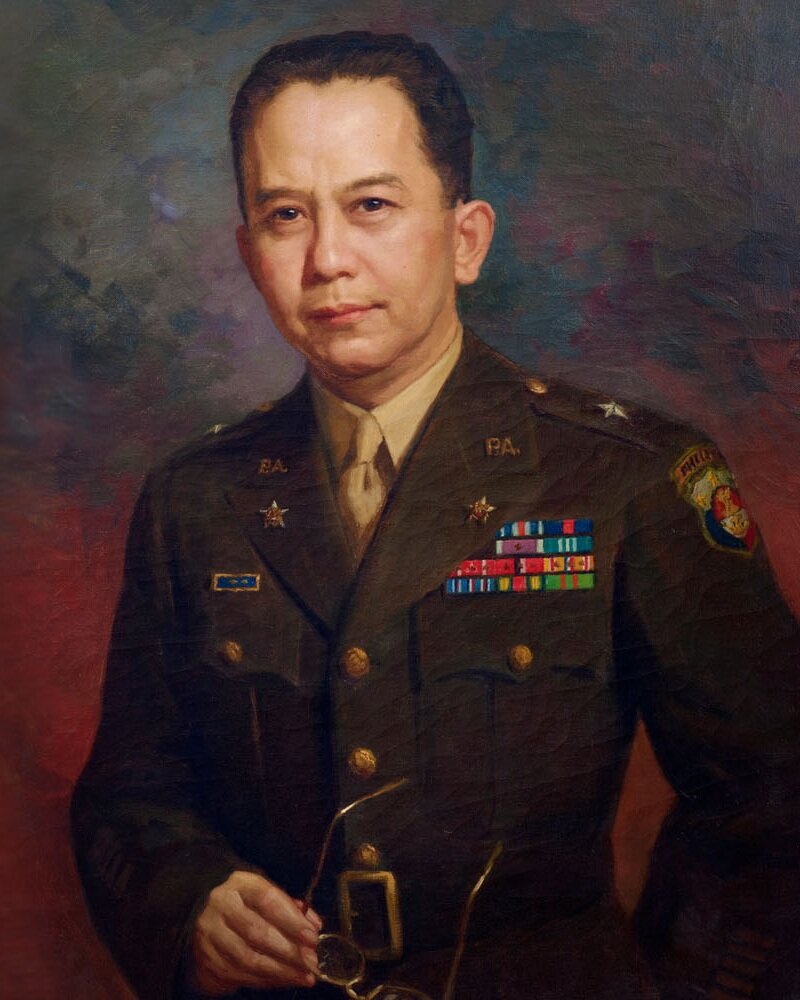
19
New cards
Rolando Tinio (1997)
* National Artist for Literature and Theater
* Revived zarzwela and introduced contemporary western drama
* ”Larawan,” “Sitsit sa Kuliglig,” “Milagros”
* Revived zarzwela and introduced contemporary western drama
* ”Larawan,” “Sitsit sa Kuliglig,” “Milagros”

20
New cards
Carlos Quirino (1997)
* Only National Artist for Historical Literature
* First biography of Jose Rizal, “The Great Malayan,” “Maps and Views of Old Manila”, biographies of Philippine presidents
* First biography of Jose Rizal, “The Great Malayan,” “Maps and Views of Old Manila”, biographies of Philippine presidents
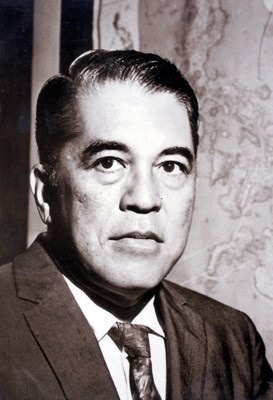
21
New cards
Lazaro Francisco (2009)
* “Master of the Tagalog Novel”
* Developed the culture of social realism in literature
* “Maganda pa ang Daigdig,” “Daluyong,” “Ang Pamana ng Pulubi”
* Developed the culture of social realism in literature
* “Maganda pa ang Daigdig,” “Daluyong,” “Ang Pamana ng Pulubi”
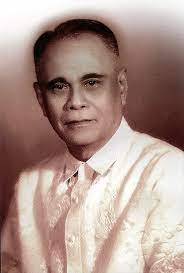
22
New cards
Resil Mojares (2018)
* Contributions to Visayan Literature
* Pioneering the Cebuano identity
* The founding director of the research institution Cebuano Studies Center
* “Waiting for Mariang Makiling: Essays on Philippine Cultural History,” “The War Against the Americans: Resistance and Collaboration in Cebu”
* Pioneering the Cebuano identity
* The founding director of the research institution Cebuano Studies Center
* “Waiting for Mariang Makiling: Essays on Philippine Cultural History,” “The War Against the Americans: Resistance and Collaboration in Cebu”
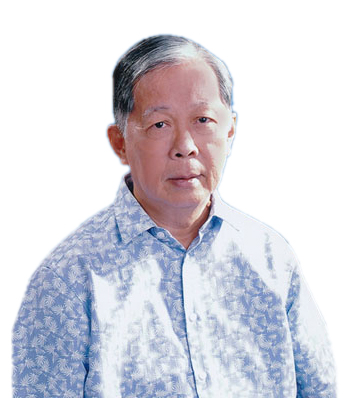
23
New cards
Ramon Muzones (2018)
* “Greatest Ilonggo Writer of the Century”
* Contributions to Hiligaynon literature
* First feminist Hiligaynon work “Bag-ong Maria Clara”, longest serialized novel “Dama de Noche” with over 125 installments for over 2 years
* Contributions to Hiligaynon literature
* First feminist Hiligaynon work “Bag-ong Maria Clara”, longest serialized novel “Dama de Noche” with over 125 installments for over 2 years
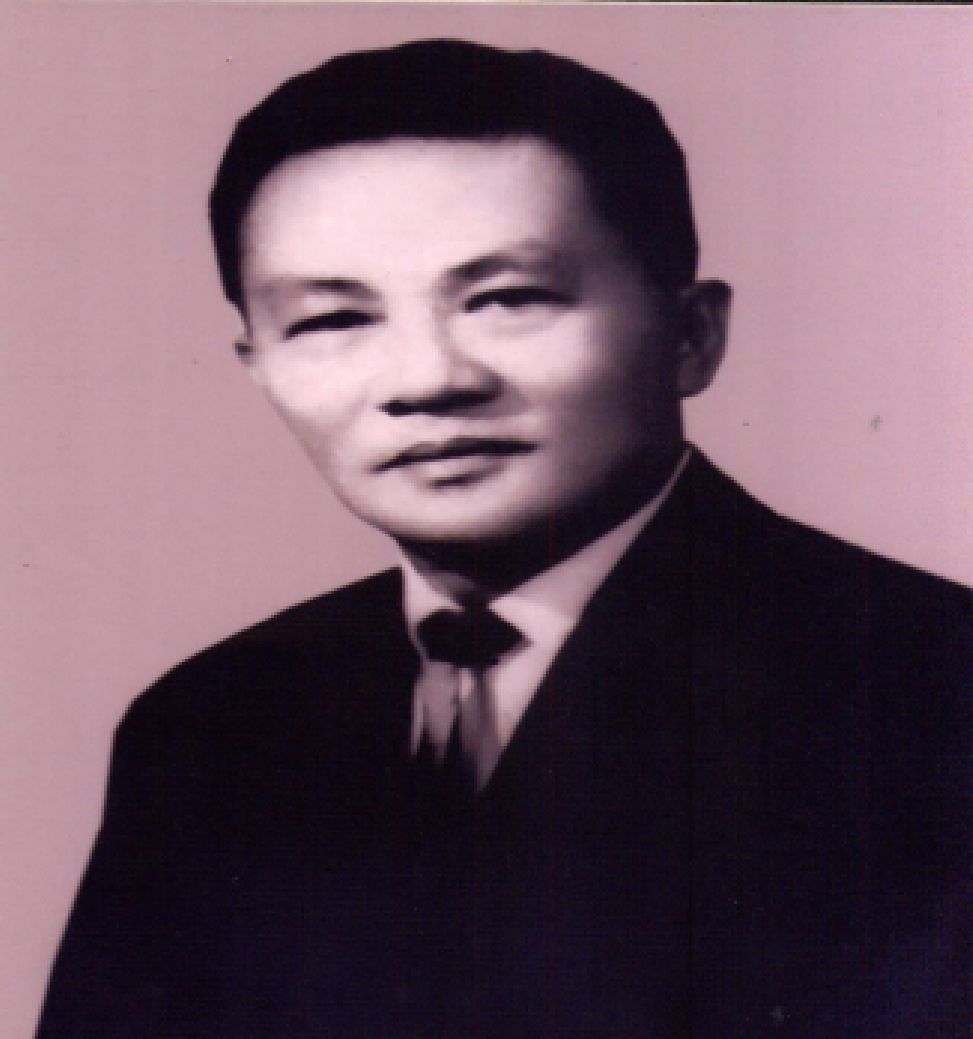
24
New cards
Antonio Molina (1973)
* “Dean of Filipino Composers”
* Contributed to the development of Filipino music beyond the genre of folk
* ”Misa Antoniana Grand Festival Mass,” “Hatinggabi,” “Awit ni Maria Clara”
* Contributed to the development of Filipino music beyond the genre of folk
* ”Misa Antoniana Grand Festival Mass,” “Hatinggabi,” “Awit ni Maria Clara”

25
New cards
Jovita Fuentes (1976)
* Cio-cio in Giacomo Puccini’s “Madame Butterfly” in the world of European opera
* Liu Yu in “Turandot”
* Mimi in “La Boheme”
* Liu Yu in “Turandot”
* Mimi in “La Boheme”
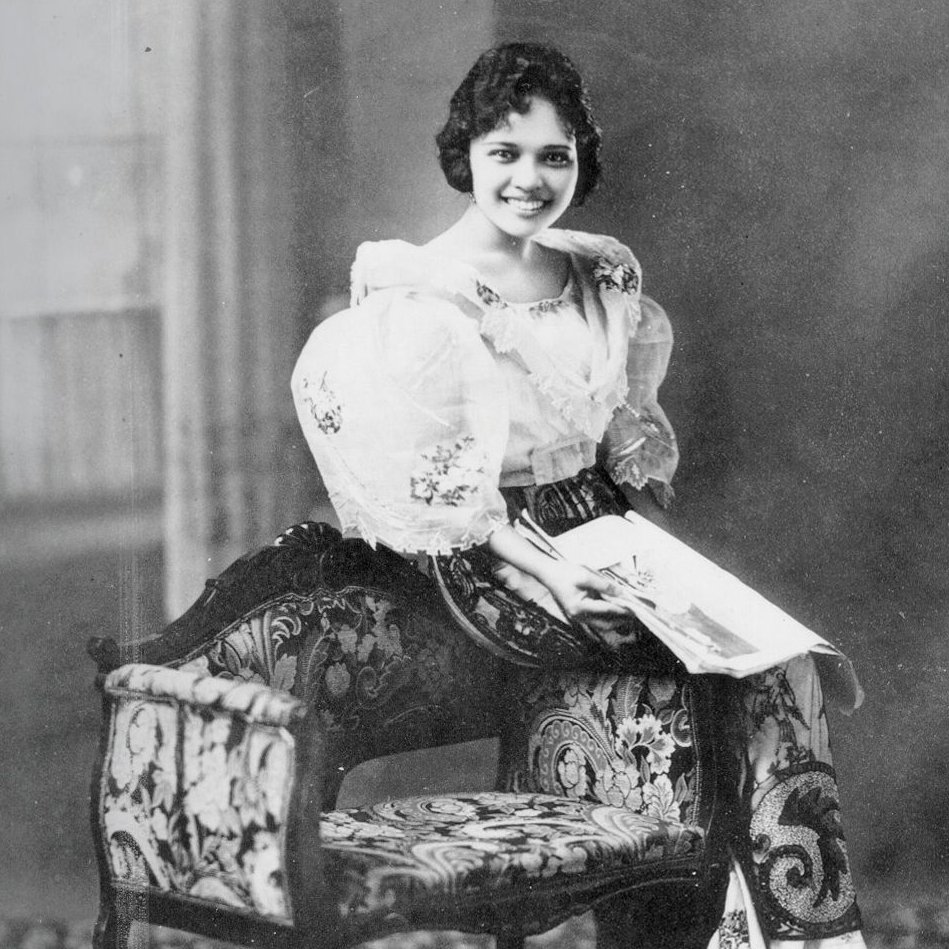
26
New cards
Honorata “Atang” Dela Rama (1987)
* National Artist for both Music and Theater
* “Queen of Kundiman”
* Fought for the dominance of kundiman along with sarsuela during the American occupation
* Popularized kundiman songs “Pakiusap,” “Mutya ng Pasig”
* Performed in sarsuelas “Dalagang Bukid,” “Pangarap ni Rosa”
* “Queen of Kundiman”
* Fought for the dominance of kundiman along with sarsuela during the American occupation
* Popularized kundiman songs “Pakiusap,” “Mutya ng Pasig”
* Performed in sarsuelas “Dalagang Bukid,” “Pangarap ni Rosa”
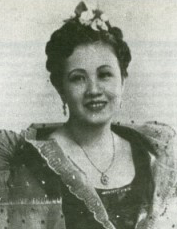
27
New cards
Lucio San Pedro (1991)
* Believed in the philosophy “creative nationalism”
* Incorporated elements of folk music to exhibit Filipino heritage
* “Lahing Kayumanggi,” “Sa Ugoy ng Duyan,” “Angononian March”
* Incorporated elements of folk music to exhibit Filipino heritage
* “Lahing Kayumanggi,” “Sa Ugoy ng Duyan,” “Angononian March”

28
New cards
Felipe de Leon (1997)
* “The People’s Musician”
* His music expressed the sentiments and aspirations of Filipinos
* “Ako’y Pilipino,” “Payapang Daigdig,” “Lupang Tinubuan”
* His music expressed the sentiments and aspirations of Filipinos
* “Ako’y Pilipino,” “Payapang Daigdig,” “Lupang Tinubuan”
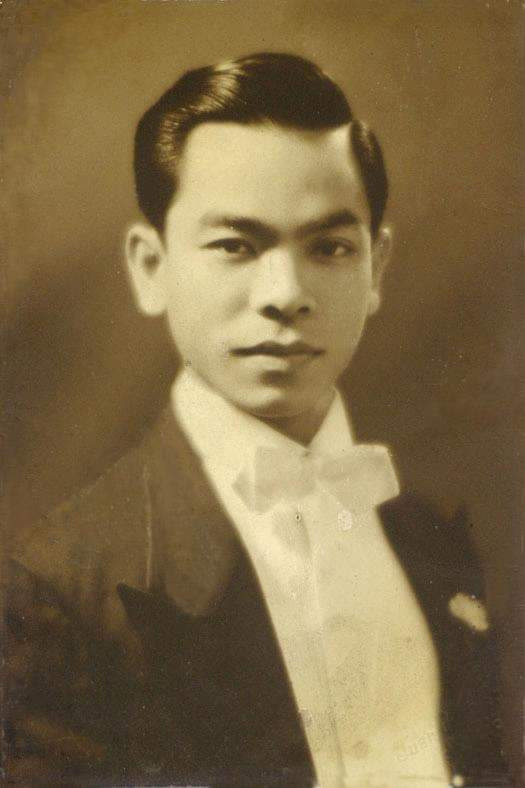
29
New cards
Levi Celerio (1997)
* National Artist for Music and Literature
* Credited for writing more than 4,000 songs
* Known for playing music using a leaf
* “Sa Ugoy ng Duyan,” “Maligayang Pasko at Manigong Bagong Taon” (popularly known as “Ang Pasko ay Sumapit”), “Ikaw”
* Credited for writing more than 4,000 songs
* Known for playing music using a leaf
* “Sa Ugoy ng Duyan,” “Maligayang Pasko at Manigong Bagong Taon” (popularly known as “Ang Pasko ay Sumapit”), “Ikaw”
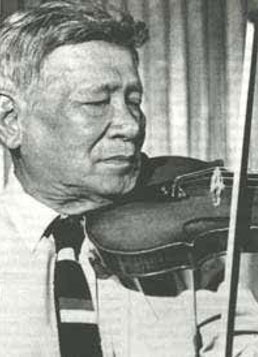
30
New cards
Andrea Veneracion (1999)
* Founded the Philippine Madrigal Singers
* Prompted the progress of Philippine choral music
* Prompted the progress of Philippine choral music
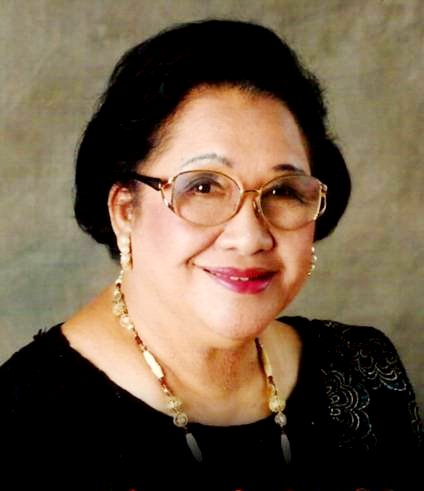
31
New cards
Ryan Cayabyab (2018)
* Mr. C
* Opera, concertos, symphonies, religious, folk, and OPM
* Composes for theater, dance, and films
* “Da Coconut Nut,” “Tuwing Umuulan at Kapiling Ka,” “Paraiso”
* Opera, concertos, symphonies, religious, folk, and OPM
* Composes for theater, dance, and films
* “Da Coconut Nut,” “Tuwing Umuulan at Kapiling Ka,” “Paraiso”
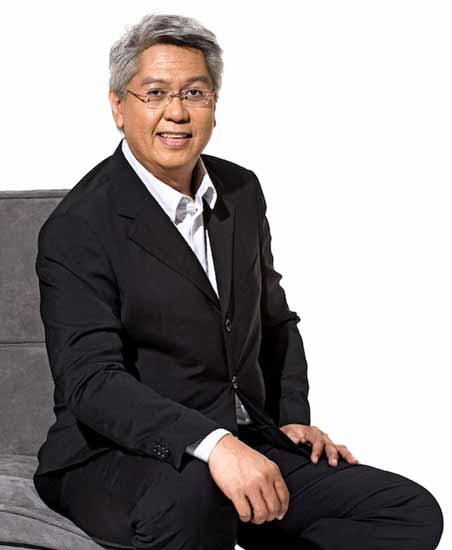
32
New cards
Francisca Aquino (1973)
* “Mother of Philippine Dancing”
* “The Folk Dance Pioneer”
* She preserved dances, such as “Tinikling,” “Pandanggo sa Ilaw,” and “Cariñosa,” through research, writing books, and teaching
* “The Folk Dance Pioneer”
* She preserved dances, such as “Tinikling,” “Pandanggo sa Ilaw,” and “Cariñosa,” through research, writing books, and teaching
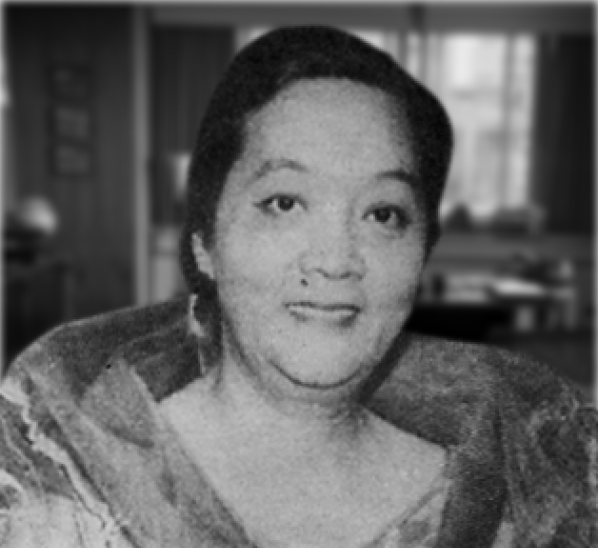
33
New cards
Leonor Goquingco (1975)
* ”Trailblazer”
* Produced original choreographies of native folk dance that depict the country’s culture
* Founding member of the Philippine Ballet Theater
* “Mother of Philippine Theater Dance”
* “Dean of Filipino Performing Arts Critics”
* Produced original choreographies of native folk dance that depict the country’s culture
* Founding member of the Philippine Ballet Theater
* “Mother of Philippine Theater Dance”
* “Dean of Filipino Performing Arts Critics”
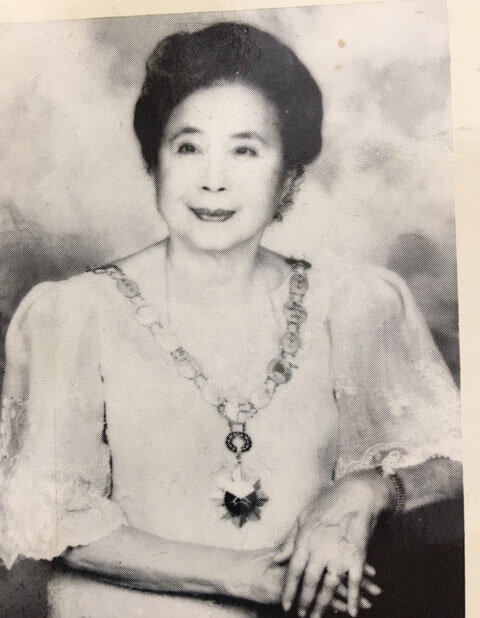
34
New cards
Lucrecia Urtula (1988)
* One of the founders of The Bayanihan Dance Company, with which she staged their signature dance “Singkil”
* Discovery and study of Philippine folk and ethnic dances spanning almost four decades, such as “Vinta”, “Tagabili”, and “Pagdiwata”
* Discovery and study of Philippine folk and ethnic dances spanning almost four decades, such as “Vinta”, “Tagabili”, and “Pagdiwata”
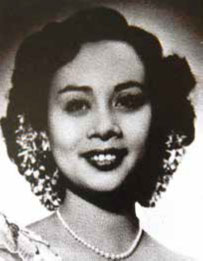
35
New cards
Alice Reyes (2014)
* Introduced and developed contemporary dances in the Philippines
* In 1969, she started the CCP Dance Workshop Company, which later became known as Ballet Philippines
* In 1969, she started the CCP Dance Workshop Company, which later became known as Ballet Philippines
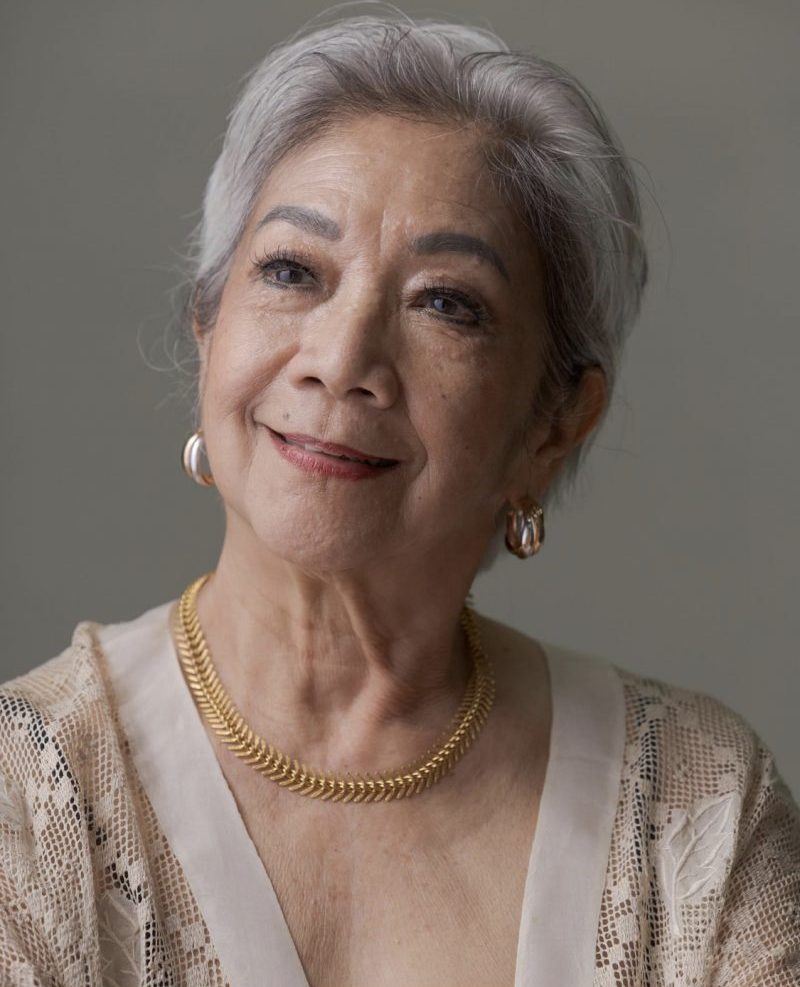
36
New cards
Lamberto Avellana (1976)
* National Artist for Film and Theater
* “The Boy Wonder of Philippine Movies”
* ”Sakay” - his first film
* “Kandelerong Pilak” - the first Filipino film to be shown at the Cannes Film Festival (1954)
* “The Boy Wonder of Philippine Movies”
* ”Sakay” - his first film
* “Kandelerong Pilak” - the first Filipino film to be shown at the Cannes Film Festival (1954)
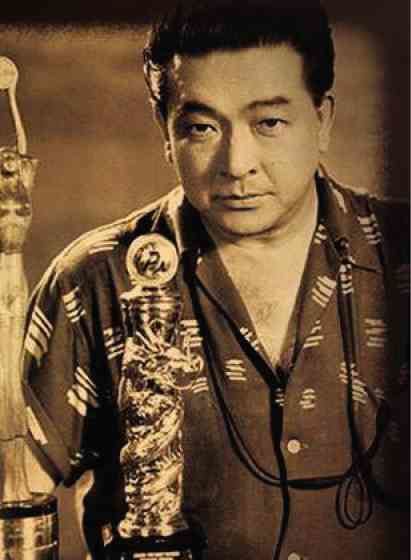
37
New cards
Gerardo de Leon (1982)
* Most awarded film director in the history of the Filipino Academy of Movie Arts and Sciences (FAMAS) Awards (7)
* “Noli me Tangere,” “El Filibusterismo,” “Daigdig ng mga Api”
* “Noli me Tangere,” “El Filibusterismo,” “Daigdig ng mga Api”

38
New cards
Ishmael Bernal (2001)
* “The Genius of Philippine Cinema”
* “Director of the Decade of the 1970s” by the Catholic Mass Media Awards
* Known for his social realistic films depicting the struggles of Filipinos
* “Himala,” “Pagdating sa Dulo,” “Hulog ng Langit”
* “Director of the Decade of the 1970s” by the Catholic Mass Media Awards
* Known for his social realistic films depicting the struggles of Filipinos
* “Himala,” “Pagdating sa Dulo,” “Hulog ng Langit”
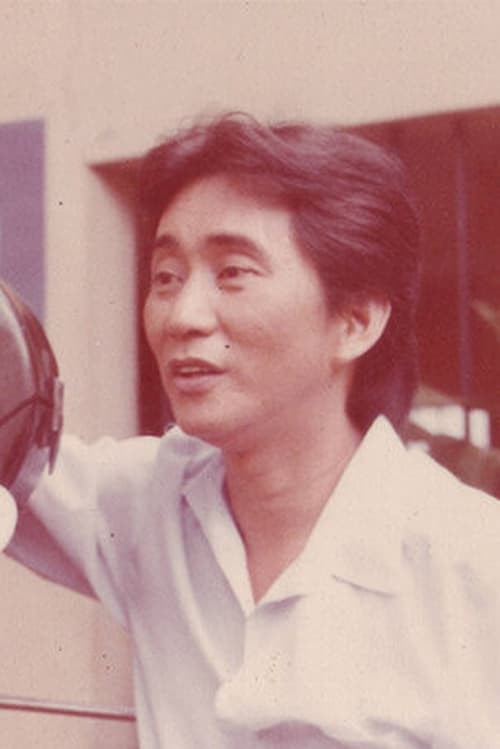
39
New cards
Ronald Allan Poe (2006)
* “The King of Philippine Movies”
* “Da King”
* Known for his action films that portray the poor and oppressed
* “Ang Probinsyano,” “Isang Bala Ka Lang,” “Ang Panday”
* “Da King”
* Known for his action films that portray the poor and oppressed
* “Ang Probinsyano,” “Isang Bala Ka Lang,” “Ang Panday”
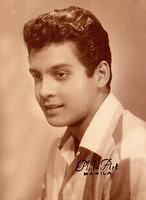
40
New cards
Kidlat Tahimik (2018)
* “Father of Philippine Independent Cinema”
* Known for his experimental narratives about inequality
* Credited to have founded Philippine New Wave Cinema
* “Perfumed Nightmare,” “Who Invented the Yoyo?,” and “Why is Yellow the Middle of the Rainbow?”
* Known for his experimental narratives about inequality
* Credited to have founded Philippine New Wave Cinema
* “Perfumed Nightmare,” “Who Invented the Yoyo?,” and “Why is Yellow the Middle of the Rainbow?”
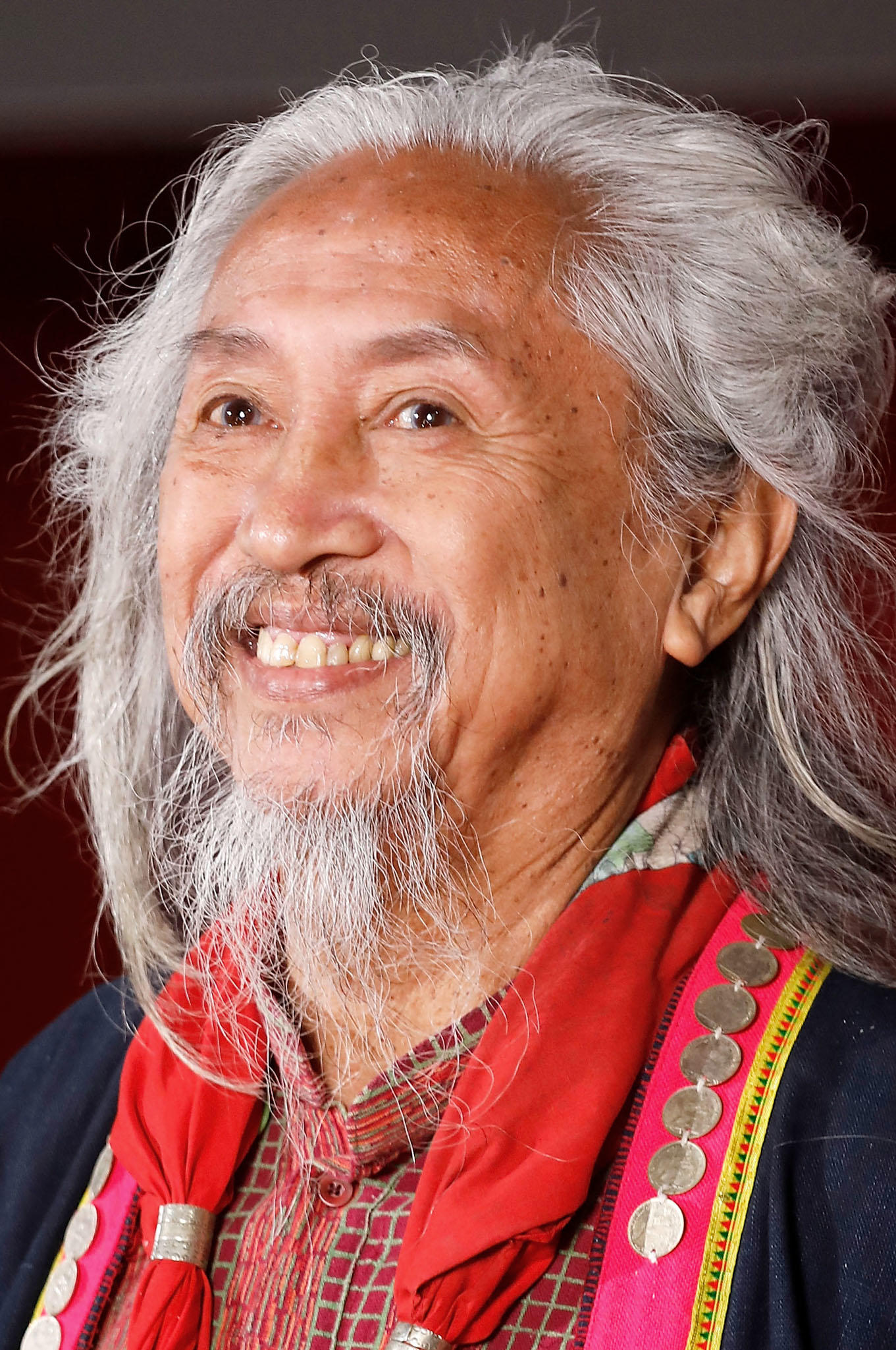
41
New cards
Daisy Avellana (1997)
* “First Lady of Philippine Theater”
* Co-founded the Barangay Theater Guild, along with her husband, Lamberto Avellana
* Co-founded the Barangay Theater Guild, along with her husband, Lamberto Avellana
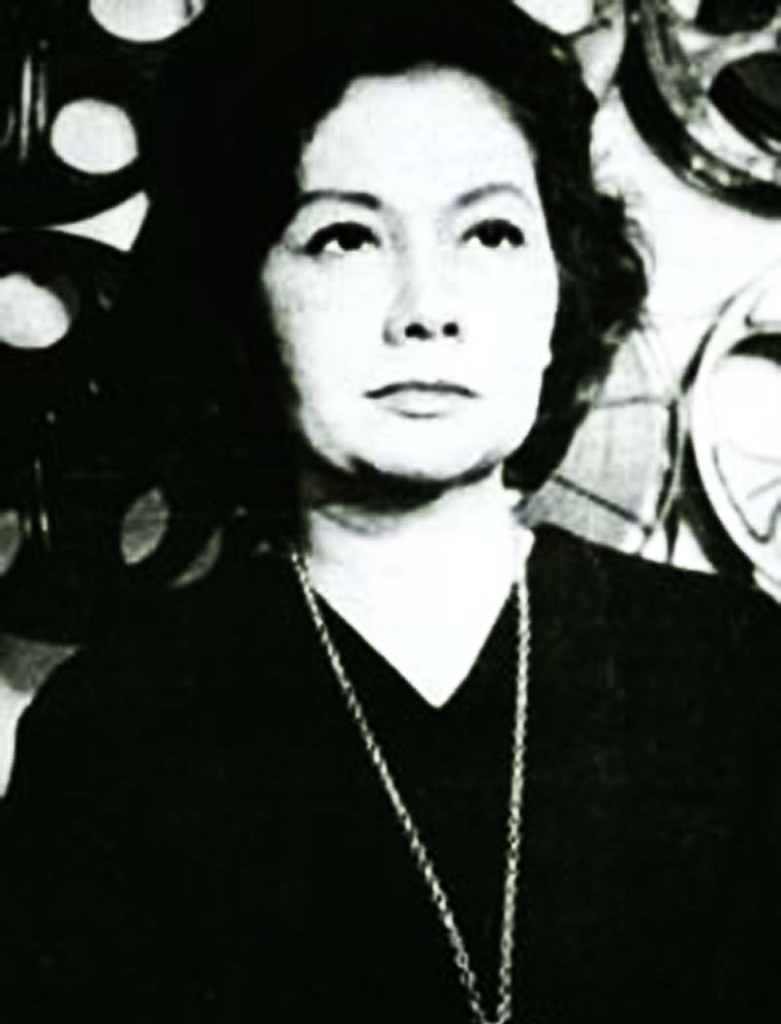
42
New cards
Salvador Bernal (2003)
* “Father of Philippine Theater Design”
* Only National Artist for Theater Design
* Designed over 300 productions with an emphasis in utilizing local materials
* Only National Artist for Theater Design
* Designed over 300 productions with an emphasis in utilizing local materials
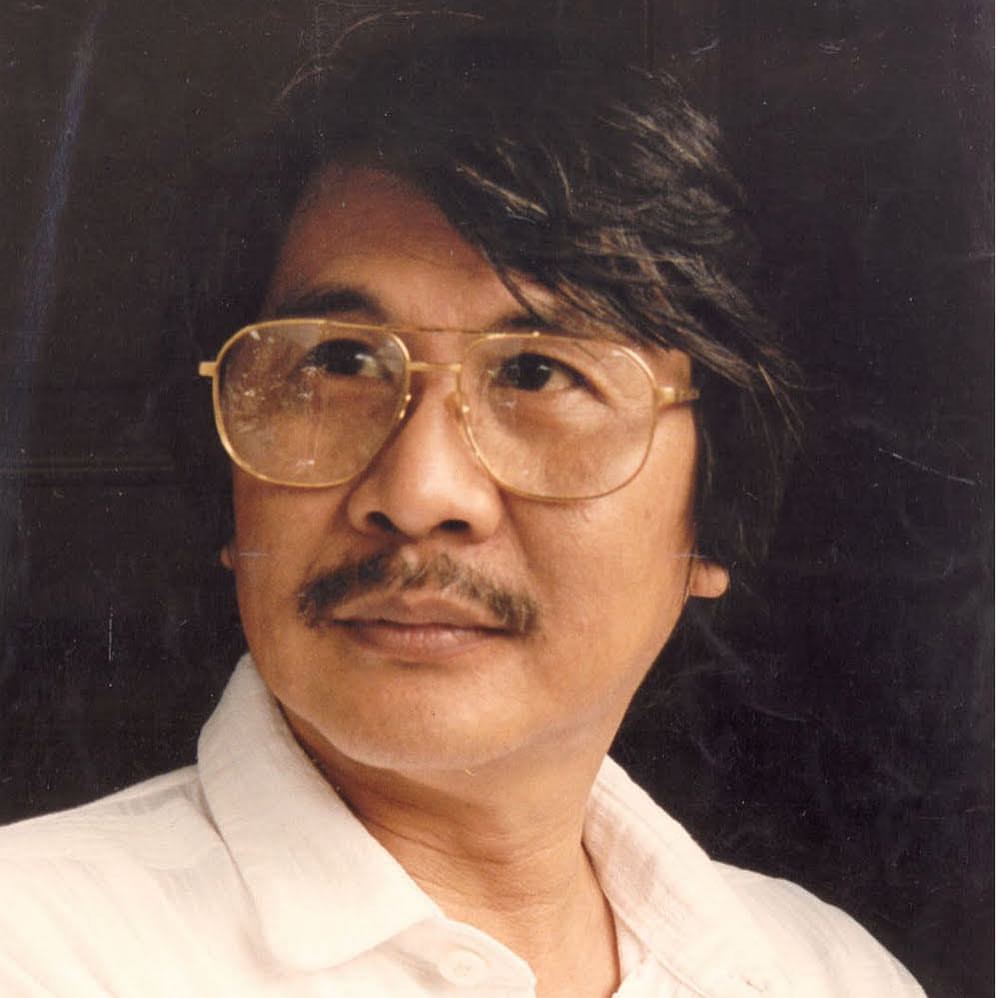
43
New cards
Amelia Lapeña-Bonifacio (2018)
* “The Grande Dame of Southeast Asian Children’s Theater”
* She founded the Teatrong Mulat ng Pilipinas
* “Papet Pasyon,” “Sepang Loca,” “Abadeja: Ang Ating Sinderela”
* She founded the Teatrong Mulat ng Pilipinas
* “Papet Pasyon,” “Sepang Loca,” “Abadeja: Ang Ating Sinderela”
